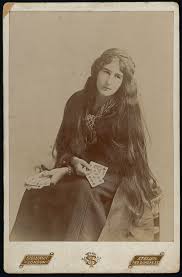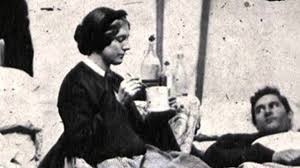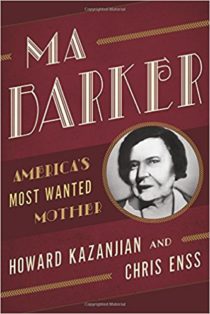Enter for a chance to win a copy of
The Pinks:
The First Women Detectives, Operatives, and Spies with the Pinkerton National Detective Agency
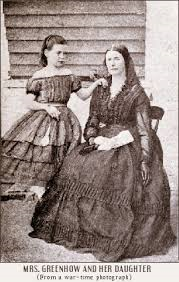
Several months before the start of the Civil War, Kate Warne was masquerading as a Southern sympathizer and keeping company with women of refinement and wealth from the South. When war did break out, those women were unafraid to express how much in favor they were of the Rebels. Some of them were secretly supplying the Confederate forces with information they had acquired using their feminine wiles. Kate was tasked with staying close to opponents of the government who were seeking to overthrow it and secure proof that secrets were being traded.
For weeks Kate had been monitoring the movements of Mrs. Rose Greenhow, a Southern woman believed to be engaged in corresponding with Rebel authorities and furnishing them with valuable intelligence. By late August 1861, Allan Pinkerton and a handful of his most trusted operatives, including Kate, had compiled enough evidence against Rose that a warrant for her arrest was granted. She was outraged when Pinkerton detective agents invaded her home and began gathering boxes of secret reports, letters, and official, classified documents. She called the agents “uncouth ruffians” and objected to her home being searched.
Pinkerton and his team left none of Rose’s possessions intact in their quest to extract all suspicious paperwork. The headboards and footboards of all the beds were taken apart, mirrors were separated from their backings, pictures removed from frames, and cabinets and linen closets were inspected. Coded letters were found in shoes and dress pockets. Among the items found in the kitchen stove were orders from the War Department giving the organizational plan to increase the size of the regular army, a diary containing notes about military operations, and numerous incriminating letters from Union officers willing to trade their allegiance to their country for a romantic interlude with Mrs. Greenhow.
According to Rose’s account of the inspection of her house and the seizure of many, sensitive letters, the “intrusion was insulting.” One of the investigators at the scene complimented her on the “scope and quality” of the material found. It was “the most extensive private correspondence that has ever fallen under my examination,” the operative confessed. “There is not a distinguished name in America that is not found here. There is nothing that can come under the charge of treason, but enough to make the government dread and hold Mrs. Greenhow as a most dangerous adversary.”
Pinkerton had hoped to keep the arrest quiet, but Rose’s eight-year-old daughter made that impossible. After witnessing the operatives foraging through her room and the room of her deceased sister, she raced out the back door of the house shouting, “Mama’s been arrested! Mama’s been arrested!” Agents chased after the little girl. Having climbed a tree nothing could be done until she decided to come down.
A female detective Rose referred to in her memoirs as “Ellen” searched the suspected spy for vital papers hidden in her dress folds, gloves, shoes, or hair. Nothing was found. Historians suspect the operative Rose referred to as Ellen was Kate Warne. Kate divided her time between guarding the prisoner and questioning leads that could help the detective agency track and apprehend all members of the Greenhow spy ring. Rose realized quickly that Kate was not someone to be trifled with, and she kept her distance.
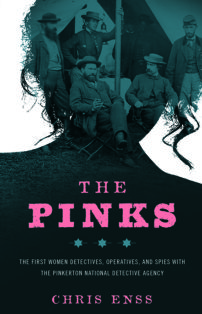
To learn more about Operative Ellen, the cases she worked,
and the other women Pinkerton agents read
The Pinks:
The First Women Detectives, Operatives, and Spies with the Pinkerton National Detective Agency

